OUR COVID-19 SAFETY PLAN

SIMALEX'S MEASURES FOR HEALTH & SAFETY
At Simalex, we have developed a COVID-19 Safety Plan, outlining the control measures, policies, procedures, protocols, communication plans, training, and monitoring processes necessary to reduce the risk of transmission of SARS-CoV-2 at our workplace. One of a family of coronaviruses, SARS-CoV-2 is the biological hazard that causes the illness COVID-19 (BCCDC).
Our plan follows the six-step process as outlined by WorkSafeBC. By Order of the Provincial Health Officer dated May 14 2020, employers are required to post a copy of their COVID-19 Safety Plan on their website and at the workplace. This plan must be readily available for review by workers, as well as visitors, contractors, suppliers, and any other person who could be providing services at our workplace.
A copy of our COVID-19 Safety Plan and other associated documentation must be provided if requested by a WorkSafeBC officer. This COVID-19 Safety Plan is available as a PDF here.
STEP 1
ASSESS THE RISKS AT THE WORKPLACE
The virus that causes COVID-19 spreads in several ways. It can spread in droplets when a person coughs or sneezes. It can also spread if you touch a contaminated surface and then touch your face.
The risk of person-to-person transmission increases the closer you come to other people, the more time you spend near them, and the more people you come near.
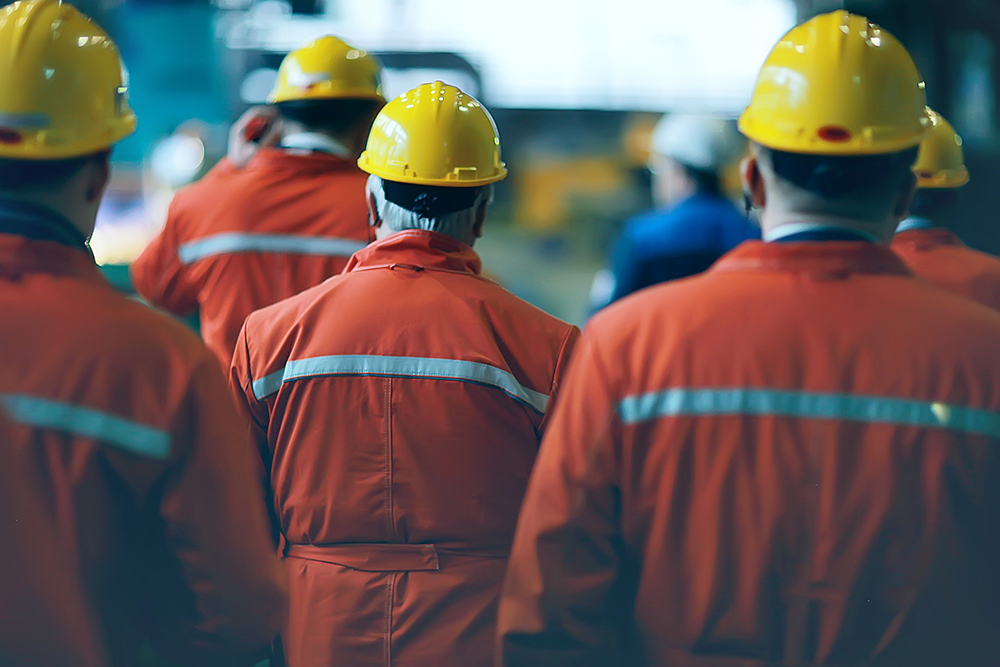
The risk of surface transmission increases when many people contact the same surface and when those contacts happen over short periods of time.
To assess the risk of transmission of SARS-CoV-2, we have consulted:
- Information about COVID-19 as offered by the Public Health Authorities;
- Our CEO, directors and managers;
- Our Joint Health and Safety Committee.
We have identified the areas/jobs/tasks that may present a risk of transmission of the SARS-CoV-2 virus, which causes COVID-19. We also determined who could be at risk of exposure, including workers, contractors, suppliers, and the public.
We have identified the tools, machinery and equipment that workers share while working along with identifying surfaces that people touch often, such as doorknobs, buttons, handles, light switches, etc. We have identified job tasks and processes where workers and staff are close to one another. Simalex has identified areas where people gather, such as lunchroom, change rooms, washrooms, production areas, etc.
With this in mind, we updated our existing, documented risk assessments to include SARS-CoV-2.
STEPS 2 & 3:
IMPLEMENT CONTROL MEASURES, INCLUDING POLICIES, PROCEDURES AND PROTOCOLS TO REDUCE THE RISKS
To determine what control measures are required, we have consulted the following:
- The Hierarchy of Controls Poster;
- Our workers and managers;
- Our Joint Health and Safety Committee;
- Guidance and industry-specific information from provincial health authorities.
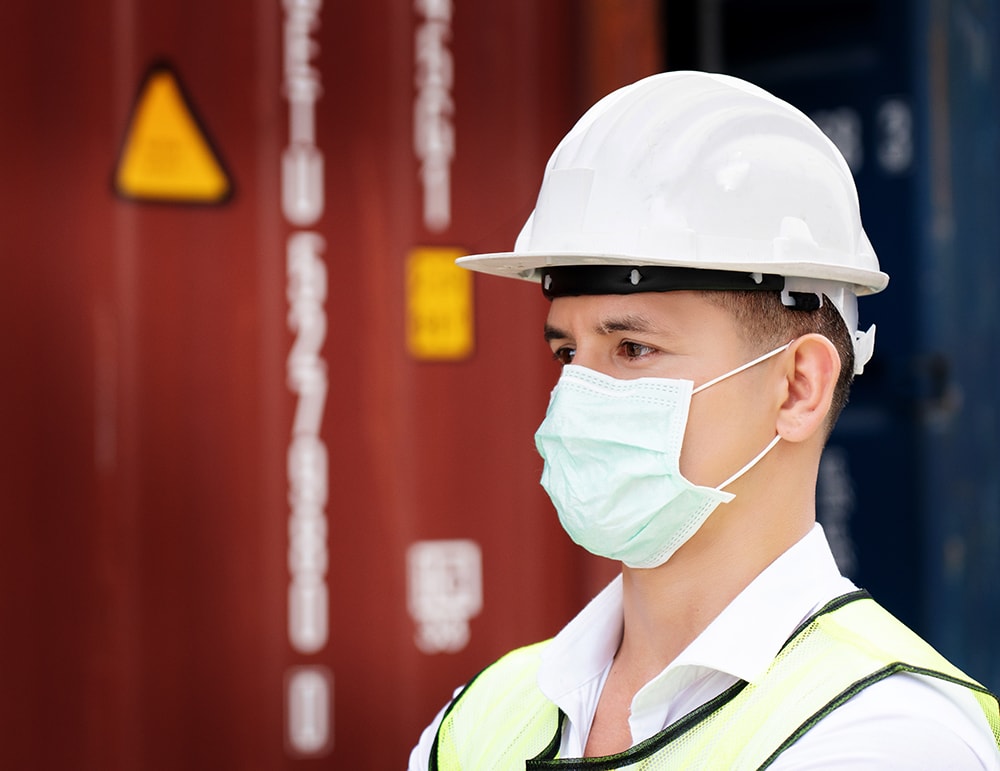
The control measures we have identified as necessary for our facility are listed in our documented risk assessment as indicated in Step 1. Based on that assessment, with reference to the above resources, we have implemented necessary controls and developed/updated the following policies, procedures and protocols:
- Workplace inspections policy/program, with added checklist items for inspections (OHS-05)
- Policy for returning travelers (OHS-025)
- Ergonomics policy (OHS-028)
- Visitor’s policy (OHS-026)
- Hand hygiene procedures (posted posters)
- We have posted information that specify when workers must wash their hands and we have communicated good hygiene practices to workers. Frequent handwashing and good hygiene practices are essential to reduce the spread of the virus. (Refer to the posted WorksafeBC poster on Handwashing and Cover coughs and sneezes)
- Reporting symptoms in the workplace (PANP-042)
- Workplace Social Distancing policy (OHS-029)
- We have installed barriers where workers can’t keep physically distant from co-workers.
- Enhanced Cleaning protocol for common areas (PANP-041)
- We have reviewed the information on cleaning and disinfecting surfaces
- Occupational first aid attendant protocols (posted WorksafeBC OFAA protocols during COVID-19 pandemic)
- PPE Program
Managers have been made aware of these policies / procedures / protocols.
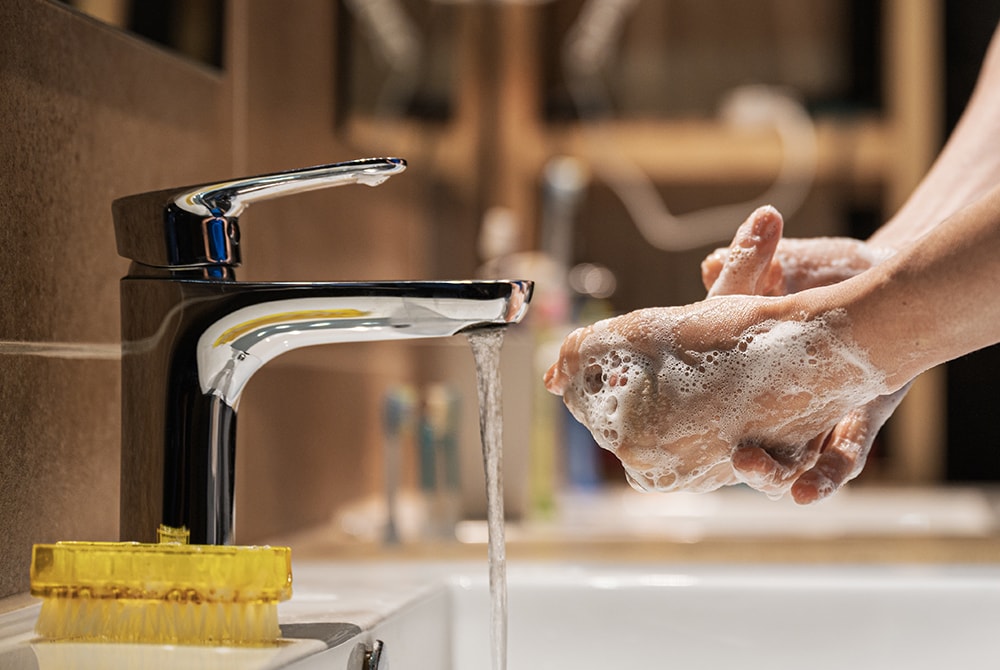
STEP 4
DEVELOP COMMUNICATION PLANS AND TRAINING
To ensure workers, contractors and visitors know how to stay safe at our workplace, we have:
- Developed plans to communicate new and updated policies to all of our employees.
- Conducted a training needs assessment and updated our training to include training on procedures and protocols
- Posted awareness posters throughout our workplace(s): No visitors, Distancing reminder, Sanitizing Station, Stop Sign, Feeling Symptoms?, Handwashing station.
- Posted occupancy limit signage throughout our workplace.
- Chosen the use of virtual meeting tools and/or phone calls in lieu of in-person meetings or training sessions, whenever possible. However, all required control measures, such as physical distancing, must be in place if communication or training must take place in person.
- Trained Managers on monitoring workers and enforcing policies/procedures/protocols.
STEP 5
MONITOR OUR WORKPLACE AND UPDATE OUR PLANS AS NEEDED
As the pandemic situation changes, we are doing the following to monitor changes in our operations and workplace(s) to ensure that control measures are effectively providing the expected level of protection and prevention.
- Workers are aware of how to report workplace hazards.
- Workers are aware of how to report symptoms of COVID-19 policy PANP-042.
- We review all workplace inspections to check for new areas/jobs/tasks of concern.
- We audit our cleaning and hygiene practices and protocols.
- We have established a corrective action process (i.e. corrective action log or other method to monitor the completion of corrective actions).
- We consult with our Joint Health and Safety Committee
- We update our policies/procedures/protocols accordingly.
- We re-assess communication and training needs accordingly.
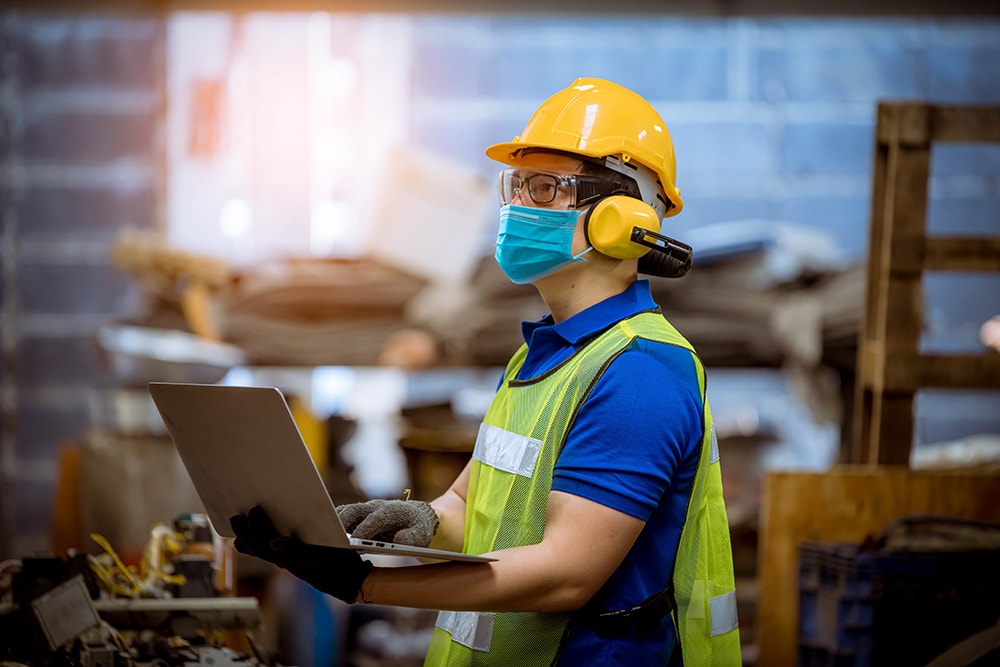
STEP 6
ASSESS AND ADDRESS RISKS FROM RESUMING OPERATIONS OR GETTING BACK TO NORMAL
For areas within our operations or workplace that have not been operating normally during this pandemic and would now be re-started or re-occupied, we have completed the following:
- Reviewed our existing risk assessments for the jobs and areas affected. We have considered the effects of the control measures discussed in this Plan on existing safeguards and controls, and revised our risk assessments accordingly.
- Consulted with our Joint Health and Safety Committee
- Ensured all work areas have been inspected before resuming operations
- Re-assessed and implemented occupational first aid requirements accordingly.
- Re-assessed communication and training needs accordingly.
- Communicated plans to workers before they return.
- Have a training plan for new staff
- We, Top Management, are committed to putting our people first. With COVID-19 officially listed as a pandemic by the World Health Organization (WHO), and with so much yet to understand, we wanted to take a moment to show the extraordinary and proactive steps we are taking to ensure our team’s safety.
The guidelines of the safety plan, you will find our latest thinking on how Simalex will adapt its practices to ensure that we continue to deliver to meet our customer’s expectations, while also making decisions in a thoughtful manner that prioritizes the safety of our team. We ask our employees to make responsible decisions in their personal life, avoiding concerts, sporting events, non-essential travel and other large public gatherings.

During this time, we want to emphasize to our team:
- Communication with your manager is very important. Please inform your manager if you need help in any way during these turbulent times.
- We are currently working to make sure that we have the right infrastructure, knowledge and best practices in place to ensure our success and continuity of operations.
- We know that social distancing may also impact us in our personal lives, with the potential for school closures and/or transit reductions. Simalex is dedicated to supporting our employees, and we feel that we are in a position to minimize these issues by leaning into contactless or reduce contact work area and interaction.
COMMUNICATION
We want to highlight the importance of communication if/when you’re feeling threatened by the COVID-19 pandemic. Please remain in close contact with your manager.
Simalex reminds people to self-assess when experiencing potential symptoms of COVID-19, and to stay home when feeling sick.
- Simalex has post signs about COVID-19 symptoms and self-assessment in high traffic areas, including advice not to ignore mild symptoms, and to be especially aware of worsening symptoms
- Simalex encourages people to consider their accountability to others when assessing their symptoms
- Simalex encourages people with chronic respiratory conditions to consult with their healthcare providers and to keep their symptoms well-controlled with appropriate medications
- Simalex has clearly communicate that people who have arrived from outside of Canada must self-isolate for 14 days
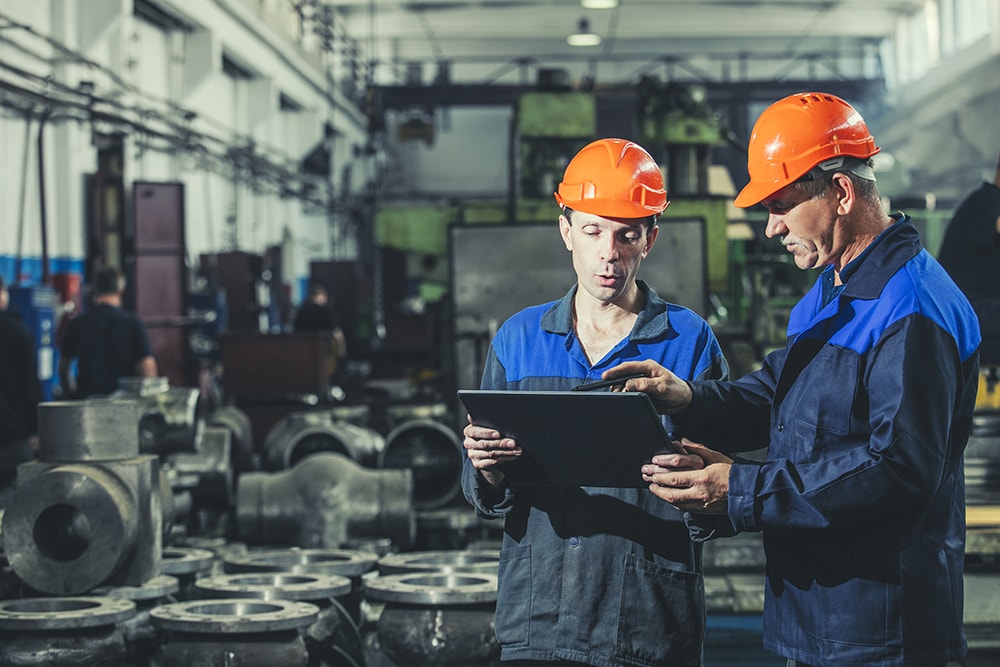
Simalex encourages employees to assess symptoms and wellness with a few simple questions:
- On a scale of 1-10, how are you feeling today?
- Do you feel feverish, or are you short of breath?
- Do you have a new or worsening cough, sore throat, headache, body aches, or diarrhea?
- Simalex encourages Individuals who are sick should use the COVID-19 Self-Assessment Tool, contact their healthcare provider, or call Health Link BC at 8-1-1 for further guidance, including information on testing and self isolation
- Individuals who are sick should wear a face mask to protect others from their respiratory droplets
- If someone becomes sick onsite, they should be isolated in a pre-determined area until they can go straight home, which may require providing transportation
Of course, we will monitor incoming COVID-19 updates from Health Canada, and amend and adjust these guidelines at regular intervals as the situation develops. We thank you for your understanding and patience.
Disclaimer: This document reflects our best knowledge at the time of writing and will be continually updated to incorporate new learnings as they surface.
